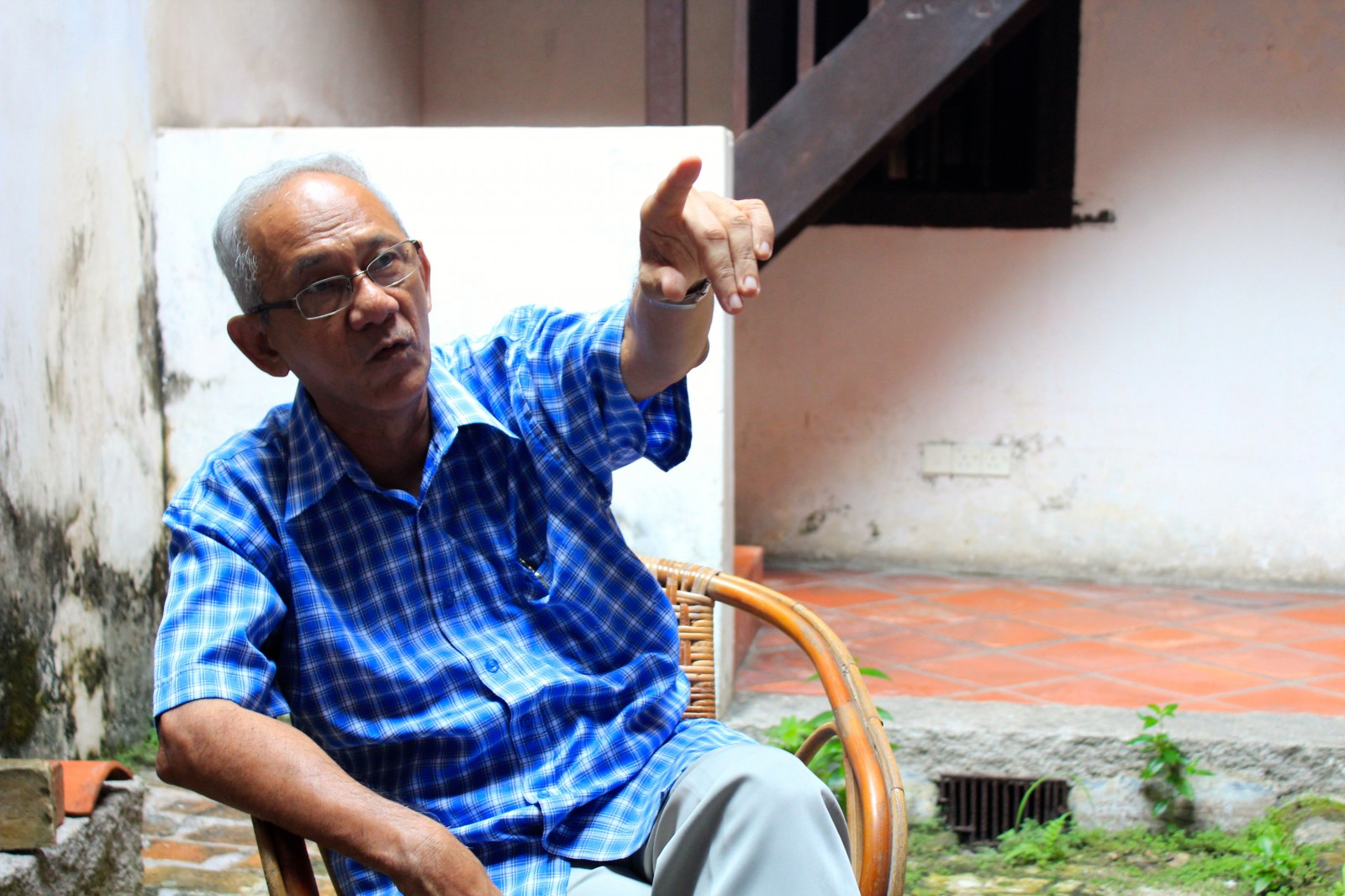“I’M not an expert. Please don’t call me an expert,” said Malaccan heritage enthusiast Colin Goh, 68, while expertly explaining the history behind his home city during a tour of the 220-year-old shop house he has helped to preserve as a museum.
So, he’s clearly a modest man, but that hasn’t stopped him from being one of the most fervent supporters of heritage conservation in Malacca.
“What we have here cannot be found elsewhere. The Dutch never built a township like this anywhere else,” said Goh, while explaining, with exact dates, the key events of the Dutch colonisation of Malacca, including the siege with which it forced the Portuguese to surrender the strategic port city in 1641.
The combination of Portuguese, Dutch and British colonial influences in the architecture is also unique. For example, No. 8 Heeren Street, the preserved shop house which Goh manages on behalf of Badan Warisan Malaysia (the Malaysian Heritage Trust), was built by the Dutch, but just down that very road, you will find buildings made to British specifications – something most tourists without Goh’s keen eye for architecture would fail to notice. Excavations have also revealed Portuguese building materials in the area.
“Built-up heritage (such as buildings) is important, because it adds substance to history,” said Colin.
And that is why Colin rails against indiscriminate modernisation of the historic area around Malacca’s famous Jonker Street, which includes Heeren Street.
While he understands the need for constant improvement to attract tourists – and there were many who visited No. 8 Heeren Street during the BRATs’ hour-long interview there – he believes it should not come at the cost of Malacca losing its heritage.
“People now acknowledge that the old Malacca is something to come here for. You can find new things anywhere else, but not old things. And once you lose those things, they are gone forever,” he said.
But for Goh, keeping Malacca’s unique heritage alive is more than just a hobby. He was born and bred in Malacca, the eldest son of a Peranakan Chinese man and a woman of Dutch-Portuguese descent, and he has incredibly fond memories of his childhood in the relative peace of a post-World War II era.
“I used to hang from swings on mango trees and visit beaches often,” he said. “It was the simple life.”
Goh’s career in heritage conservation started in 2001, after he retired from his job with the government.
Thankfully, Goh is not alone. He said he is part of a “small group” of like-minded Malaccans who have been working hard to preserve the city’s heritage.
And though he insists they are not “experts”, the fact that he refers to No. 8 Heeren Street as “my house” shows he has more passion for Malacca than any “expert” could ever have.



Tell us what you think!